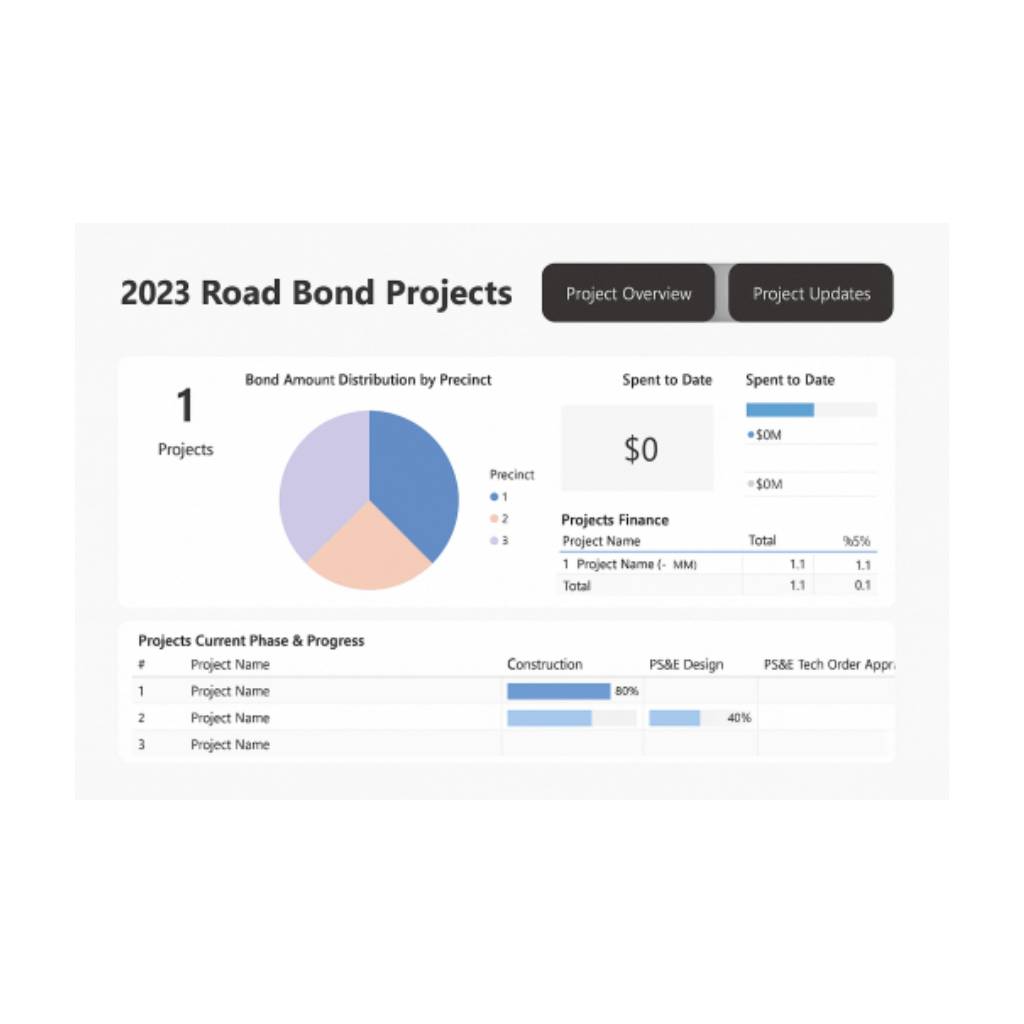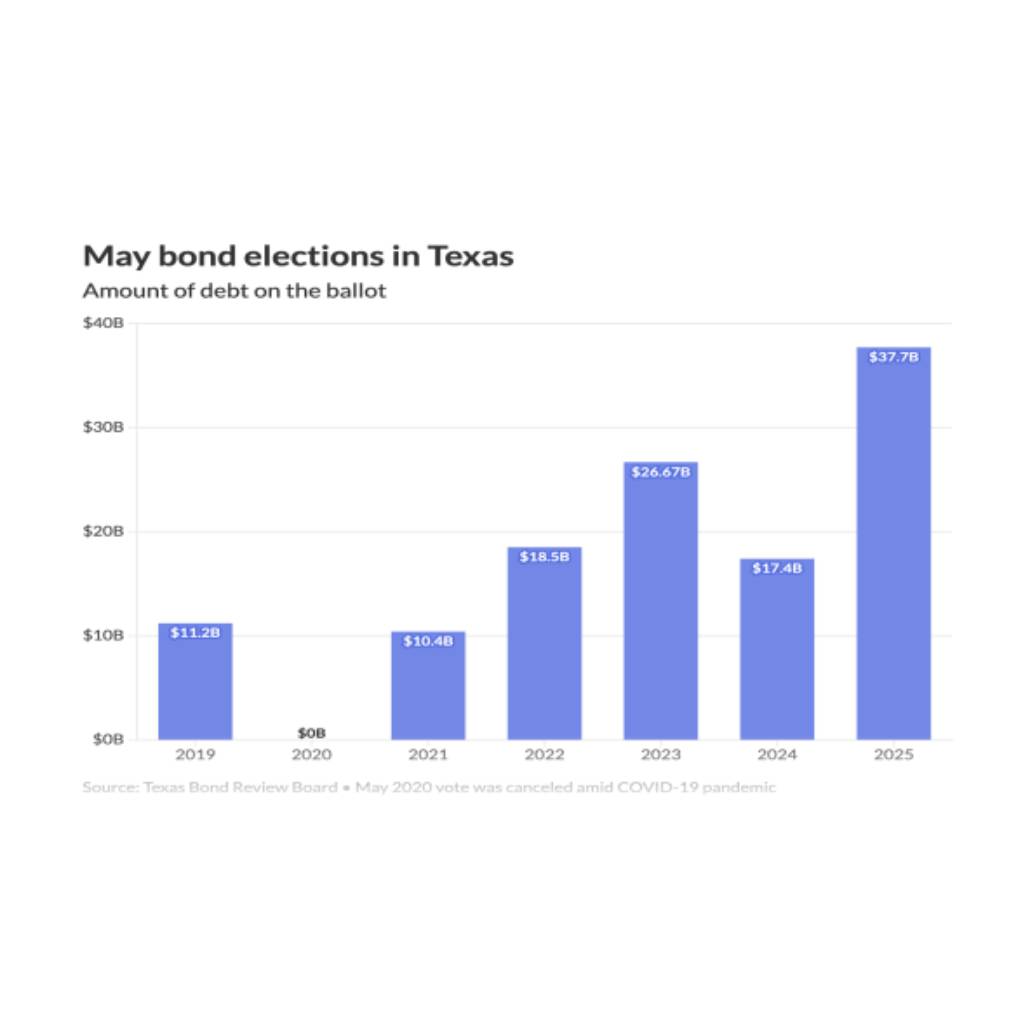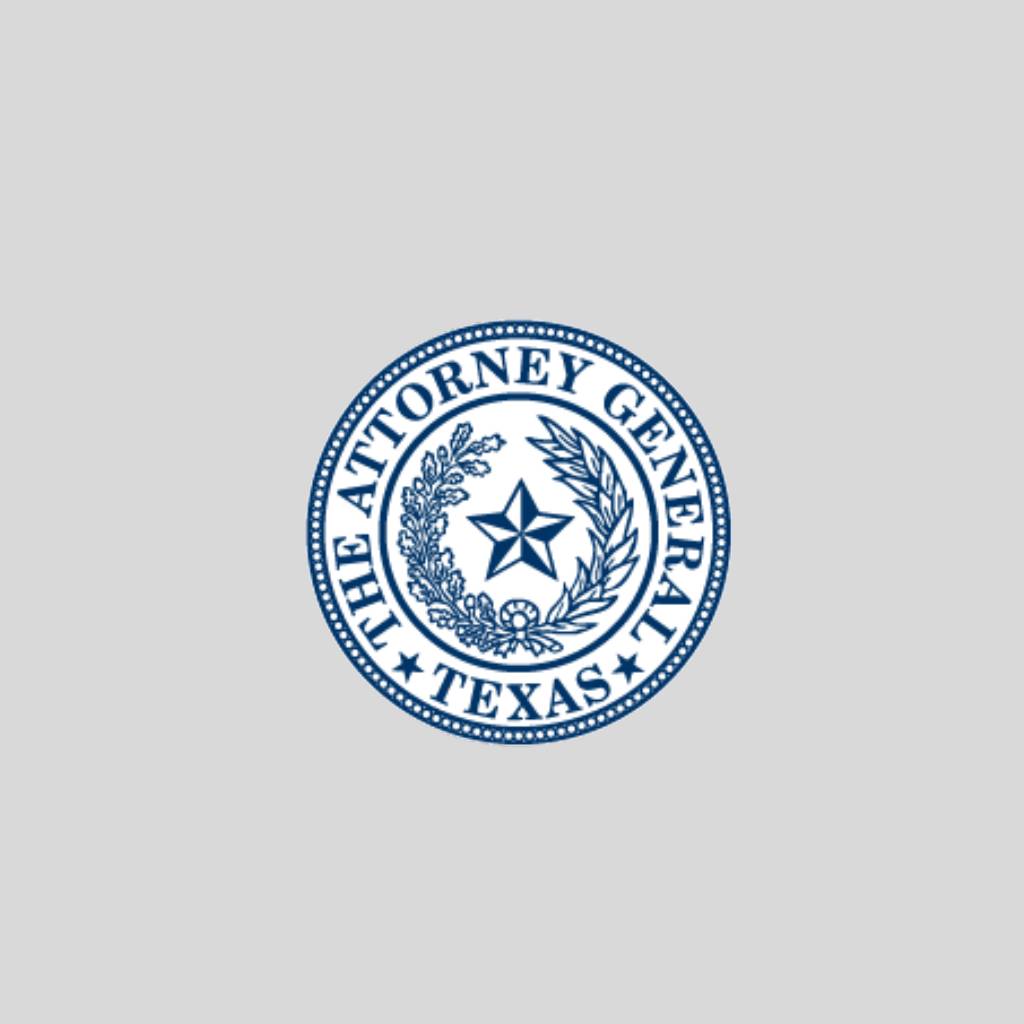In an era of evolving urban landscapes and community growth, capital improvement bonds emerge as pivotal tools in financing infrastructural and developmental projects. However, the success of these bonds often hinges on securing majority votes, which, in turn, demands meticulous planning and strategic campaigning.
The passage of a capital improvement bond is not just a referendum on a specific project but, more broadly, a litmus test of a community’s readiness for progression. When such a bond is presented to voters, ensuring its approval in the inaugural election becomes paramount. The reasons are manifold. Firstly, a bond’s initial approval solidifies public trust, indicating transparent communication and a cohesive community vision. Secondly, early passage circumvents the financial and temporal costs of repeated campaigns, ensuring that funds are channeled directly into the project at hand. Moreover, a successful first-time campaign sends a robust message to potential investors about the community’s decisiveness and forward momentum. In essence, securing the bond’s affirmation in its maiden election not only streamlines the implementation process but also fortifies the socio-economic fabric of the community.
Many believe the number 13 is unlucky – not today! Drawing from expert insights and research, here are 13 refined strategies to optimize the chances of your capital improvement bond gaining the voters’ nod……the first time:
- Prioritize Community Engagement: Embark on a community-centric approach. Initiate dialogues with residents via public forums, workshops, and surveys to both inform and solicit feedback. As the National Association of Bond Lawyers elucidates, “Projects with community backing invariably enjoy a higher passage rate.”
- Craft a Coherent Message: Simplify complexities. Translate the bond’s intricacies into a message that underscores its community benefits. A finding from the Government Finance Officers Association emphasizes the importance of clarity, noting that “messages which are lucid resonate more profoundly with the electorate.”
- Forge Broad-based Support: Diversify your circle of endorsers. Garner endorsements from local business magnates, civic groups, and politicians to foster a robust backing. A research by the National League of Cities posits, “Bonds backed by a diverse coalition tend to fare better in votes.”
- Undertake a Feasibility Analysis: Ground your proposal in financial pragmatism. An exhaustive feasibility study not only outlines the bond’s cost but also its economic repercussions on the community. As bond connoisseur John M. Nicholas puts it, “Such a study is indispensable, offering voters the clarity they seek for a judicious verdict.”
- Champion Transparency and Accountability: Eschew obfuscation. Regularly update constituents about bond proceedings, and guarantee judicious utilization of bond revenues through supervisory committees and periodic reporting. Lisa Richman, an authority in government finance, contends, “Earning voter trust pivots on transparency and accountability, and this significantly augments bond passage probabilities.”
- Champion Voter Literacy: Equip voters with holistic knowledge about the bond, encompassing its mechanics, financial implications, and project timelines. A revelation from the National Association of Counties accentuates, “A well-versed electorate tends to be more affirmative in its stance toward bond initiatives.”
- Orchestrate a Dynamic Campaign: Beyond informing, inspire action. Harness diverse campaign channels, be it mailers, advertisements, or town hall meets. Bond specialist Susan Evanoff underscores the campaign’s role, asserting, “The distinction between bond passage and rejection often lies in the campaign’s dynamism and breadth.”
- Assess Historical Voting Patterns: Delve into historical data to understand the electorate’s voting patterns on previous bonds. This can provide invaluable insights into voter inclinations and potential barriers to passage. As Dr. Jeremy Rogers from the Institute of Public Finance notes, “Understanding past behaviors can often be the most accurate predictor of future voting outcomes.”
- Engage with Detractors: While rallying supporters is crucial, it’s equally paramount to engage with skeptics. Facilitate open dialogues to address concerns, debunk myths, and dispel misconceptions. Patricia Greene, a bond strategist, elucidates, “Acknowledging and addressing dissenting voices often paves the way for broader consensus.”
- Adapt to Real-time Feedback: In the age of digital connectivity, gauging public sentiment has become more immediate. Utilize social media polls, online forums, and feedback tools to continually refine your messaging. As media analyst Lawrence Keane observes, “In the dynamic landscape of public opinion, adaptability is not just an asset—it’s a necessity.”
- Strengthen Grassroots Mobilization: Empower local volunteers and community leaders to be the bond’s ambassadors. Their personal stories and connections can make the bond’s objectives more relatable. Reflecting on her city’s successful bond campaign, Mayor Helena Strauss remarked, “It was the tireless door-knocking and community conversations by our grassroots champions that truly made the difference.”
- Offer Tangible Visualizations: Visual aids such as mock-ups, diagrams, and virtual tours can make abstract concepts more tangible. By offering the public a visual glimpse of the future, you make the bond’s benefits palpable. Urban planner Edward Mitchell contends, “Seeing, in many cases, truly is believing. Visual representations foster a deeper connection to the project.”
- Reiterate Economic Repercussions: Beyond the immediate scope of the bond, elucidate its potential ripple effects—job creation, enhanced property values, and future investments. Financial consultant Lydia Chen emphasizes, “A bond isn’t just about the now; it’s an investment in the community’s future.”
To encapsulate, steering a capital improvement bond to victory demands a confluence of strategy, adaptability, and unwavering commitment. It’s not merely about securing funds, but more pertinently, about weaving the fabric of a community’s future. With meticulous preparation and an earnest embrace of the principles outlined above, communities stand a strong chance of seeing their vision translated into reality.













